Best Trees To Plant Next To A Road – 8 Lovely Varieties To Line Streets
Deciding which is the best tree to plant next to a road or street means considering its size, root system, and sun exposure. Here are some that work best.
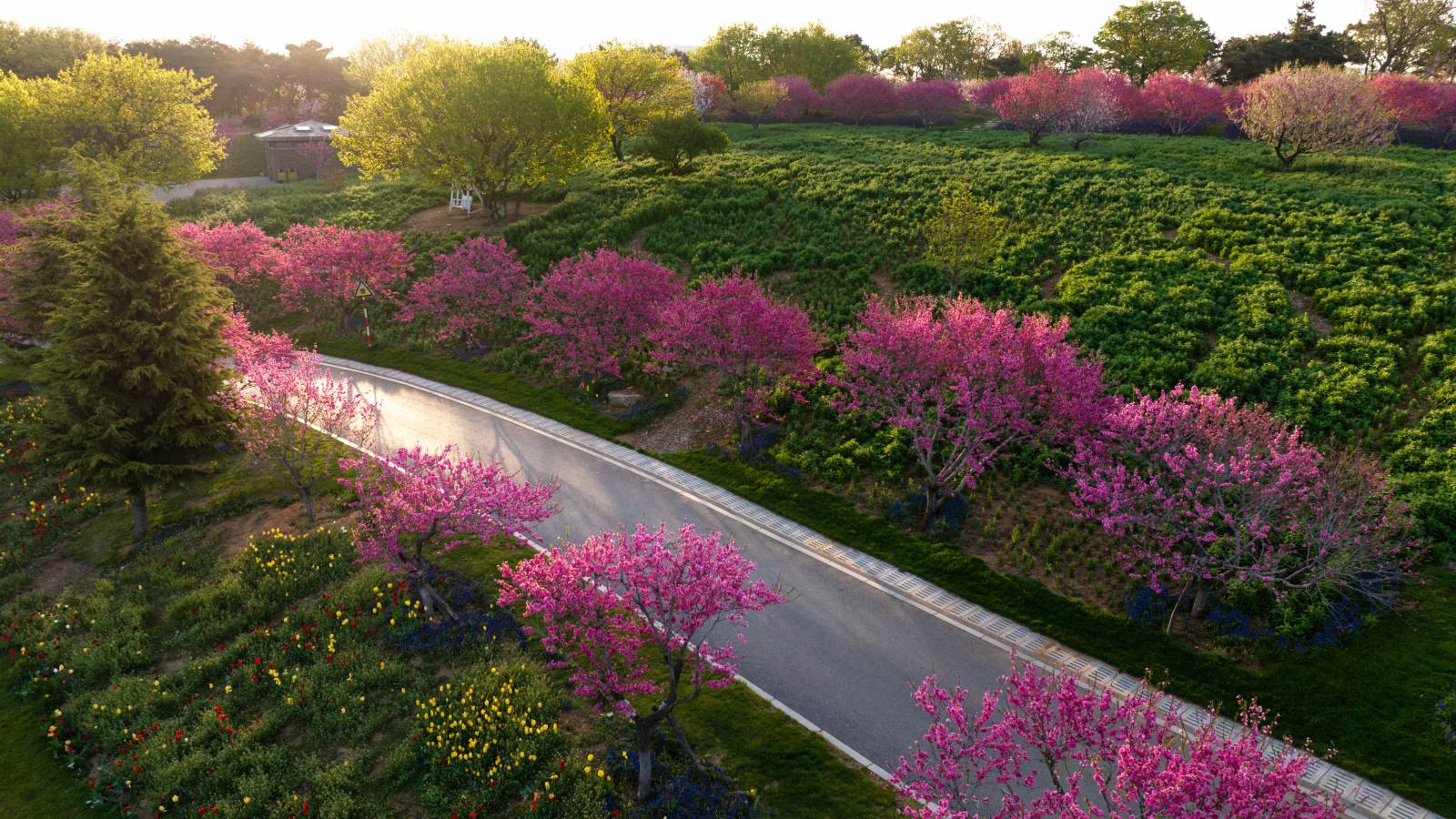
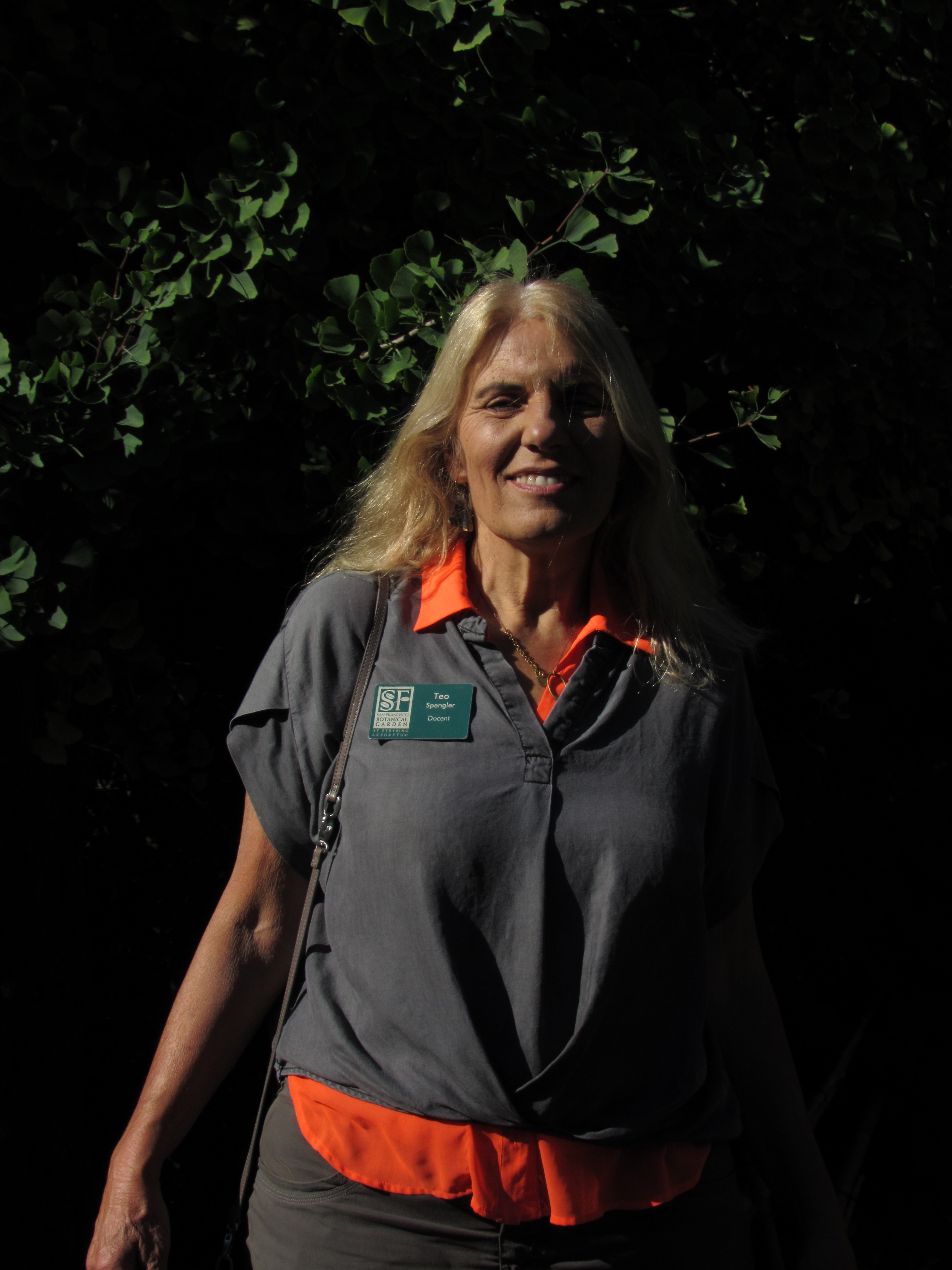
Streets and highways are essential parts of modern life, but they lack the natural allure of open fields and woodlands. Fortunately, it’s possible to add life and color to the road in front of your property by adding a few trees. Not every species will be good street trees, so it’s important to choose carefully. You’ll want to avoid trees with big, powerful root systems, trees that litter excessively, and trees with canopies that block the sun from the pavement. Your space and climate will further guide which trees to buy and grow.
Here are eight types of trees that vie for the title of “best tree to plant on a street.”
1. Honey locust ‘Street Keeper’
(Gleditsia triacanthos var. inermis)
Here’s a tree cultivar specially formulated for street placement. ‘Street Keeper’ has the deep green foliage of the species tree, but matures into a tight, narrow tree. It is an upright tree, topping out at 45 feet (15m) but only 20 feet (7m) wide. This fast-growing honey locust tree thrives in USDA hardiness zones 4-9, and its compound leaves turn yellow in autumn.
2. Ginkgo ‘Princeton Sentry’

(Ginkgo biloba 'Princeton Sentry’)
From the moment I read the story of the “extinct” ginkgo tree species that was later discovered alive and well in a monastery in China, I was entranced. This “living fossil” with its one-of-a-kind fan-shaped leaves is now readily available in garden stores. But the majestic trees top out at 100 feet (33m) tall - too tall for a street tree. Instead, consider a 'Princeton Sentry' gingko tree, an all-male cultivar maturing at less than half that height with a narrow, upright habit. The leaves turn canary yellow in fall, and form ponds of gold around the tree when they fall.
3. Emerald Sunshine elm
(Ulmus davidiana var. japonica Emerald Sunshine® 'JFS-Bieberich')
Gardening tips, videos, info and more delivered right to your inbox!
Sign up for the Gardening Know How newsletter today and receive a free copy of our e-book "How to Grow Delicious Tomatoes".
Emerald Sunshine elm is an ideal street tree, growing to 30 or 40 feet (10-13m) tall. It has strong wood - not likely to break in high winds, plus an upright shape. This elm tree foliage is particularly lovely, growing in coppery bronze but turning a shiny forest green. In addition, lots of protections were built into this variety: it resists insects - even the elm leaf beetle - and diseases - including Dutch elm disease. And it tolerates heat, drought, and wind.
4. Red maple ‘Armstrong’
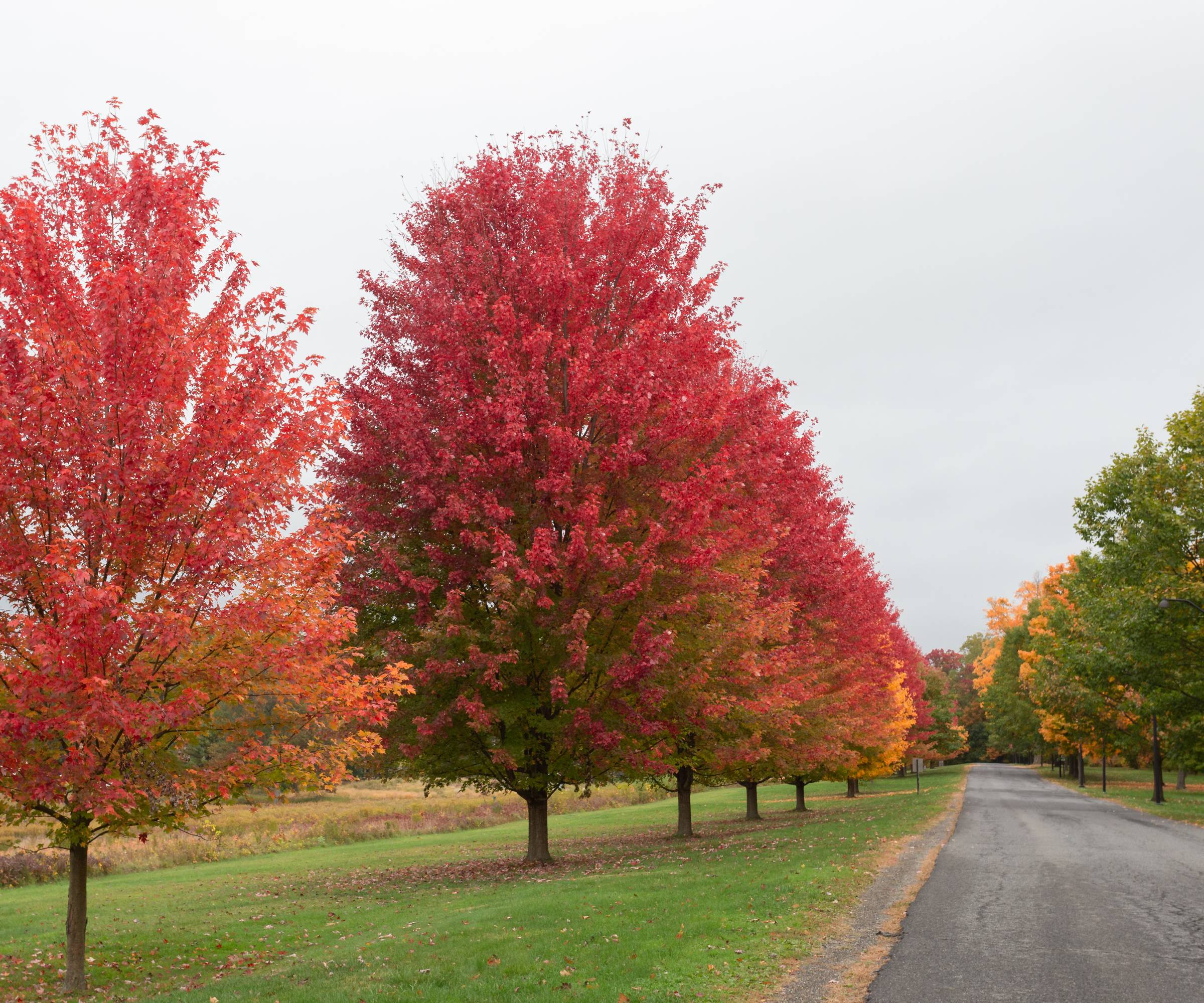
(Acer rubrum, ‘Armstrong Maple’)
‘Armstrong Maple’ is tall and slender, a highly desirable columnar tree with lovely gray bark. These cultivars of the red maple grow fast, even in clay or wet soils, topping out at 45 - 60 feet (15-20m) tall, but less than half that wide. These well-mannered trees work very well in narrow planting strips between the street and the walkway. A line of these trees offers an elegant architectural design.
5. Amur maple
(Acer tataricum subsp. ginnala 'Flame')
Are you looking for a smaller street tree? Consider the lovely little Amur maple ‘Flame,’ a small, upright tree that tops out at about 20 feet (6.5m). The tree’s lobed leaves create a compact, rounded canopy, then put on a show, turning yellow as they mature, and then a brilliant, fiery red, before falling in autumn. The yellow flowers are fragrant. Plant in USDA hardiness zones 2 - 8.
6. Eastern Redbud ‘Forest Pansy’
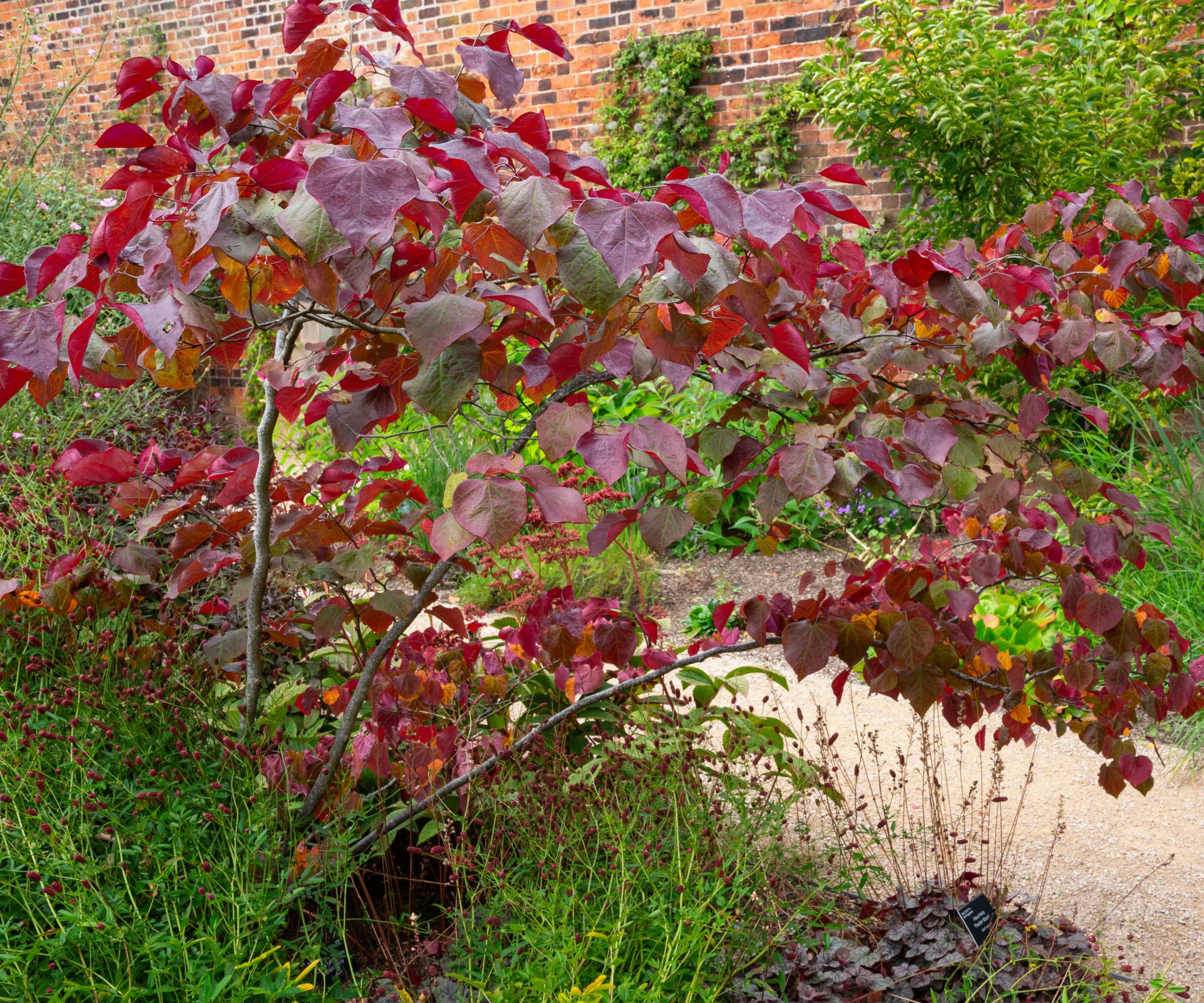
(Cercis canadensis 'Forest Pansy')
The Eastern redbud is a native understory tree with a rounded crown that tops out at 30 feet (10m) in USDA zones 5-9. It is a popular landscape tree because of its gorgeous, pea-like purple blossoms that appear and flower on the tree’s bare branches in early spring, providing an early source of nectar for pollinators. The leaves are blue-green and papery. 'Forest Pansy' is a cultivar with purple leaves that turn reddish-orange in autumn.
7. Columnar Siberian Crabapple
(Malus baccata)
You may think a crabapple tree is too wide a tree to be among the best street trees, but take a look at Siberian crabapple. This small tree - some 30 feet (10m) tall - is unusually narrow for a crabapple. It stays under 10 feet (3.5m) wide. Like other crabapples, it offers extremely showy, fragrant flowers followed by long-lasting, bright fruits that attract wild birds.
8. American smoke tree
(Cotinus obovatus)
If you want a small native for a street tree, but one with amazing color, consider the American smoke tree. This small, deciduous tree tops out at 30 feet (10m). It doesn’t get its “smoky” common name from the spring flower clusters, but from the billowy hairs from the flower stalks. They turn a silvery pink in summer, “surrounding” the tree with hazy, smoke-like puffs. You can also enjoy some of the top fall colors of any native tree as the blue-green leaves turn yellow, red, orange, and purple.
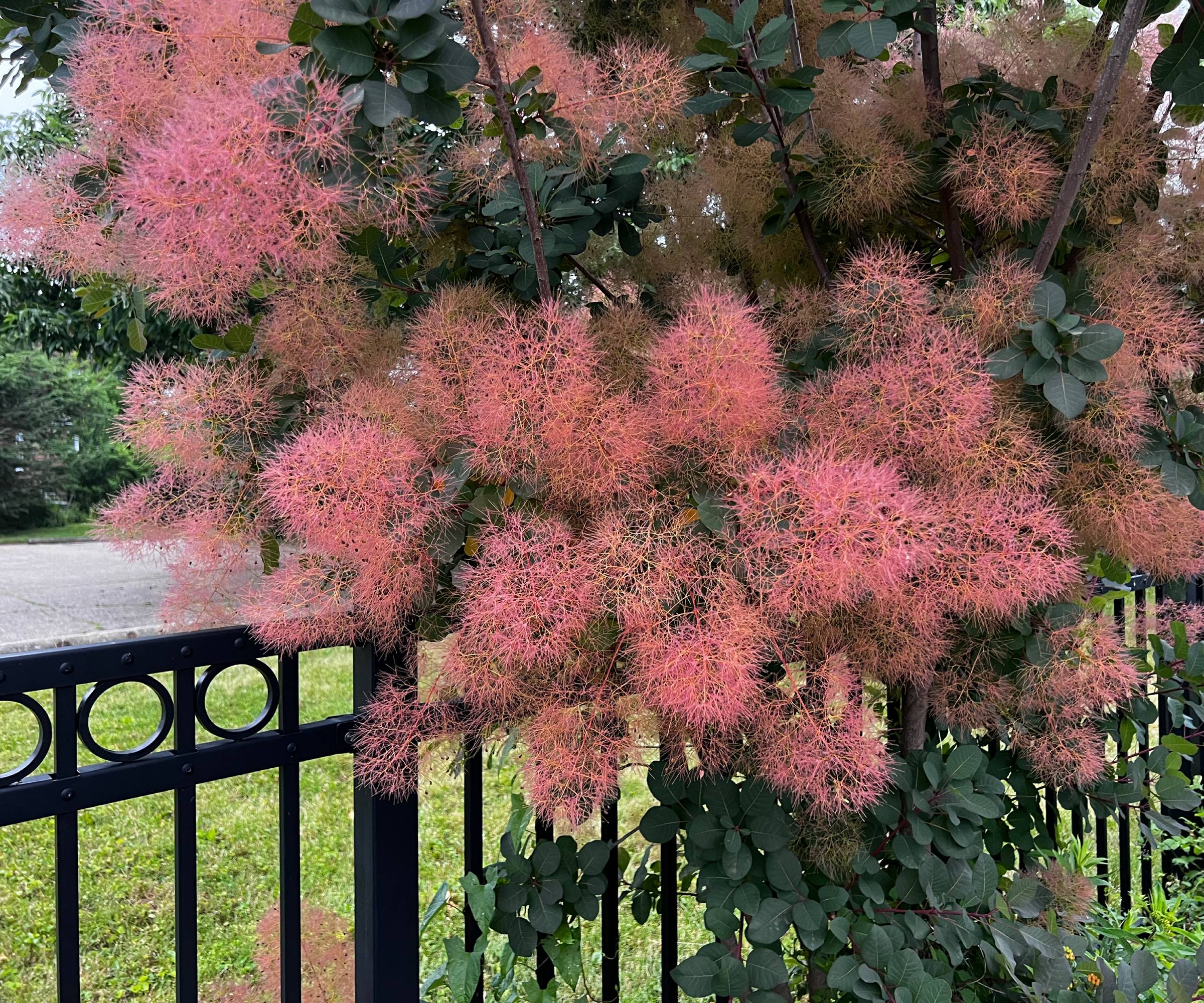
Frequently Asked Questions
What is the best flowering tree to plant next to the road?
There is no single answer to this question. The answer must take into account your climate and property. You can find excellent trees that are very tall, others that are small. Bradford pear trees have been popular in the past, but are now being outlawed in certain states due to their invasiveness. However, there are some great native Bradford pear alternatives that have gorgeous blooms.
How close to the road can I plant trees?
When it comes to planting trees on streets, it is wise to plant your trees as far from the road as possible. In general, the taller the tree, the farther it should be planted from the roadway. That’s because when tree roots grow under concrete, they may not get normal amounts of water and nutrients. Also, their roots tend to be found in the top of the soil, and they can lift or crack the roadway.

Teo Spengler is a master gardener and a docent at the San Francisco Botanical Garden, where she hosts public tours. She has studied horticulture and written about nature, trees, plants, and gardening for more than two decades. Her extended family includes some 30 houseplants and hundreds of outdoor plants, including 250 trees, which are her main passion. Spengler currently splits her life between San Francisco and the French Basque Country, though she was raised in Alaska, giving her experience of gardening in a range of climates.
-
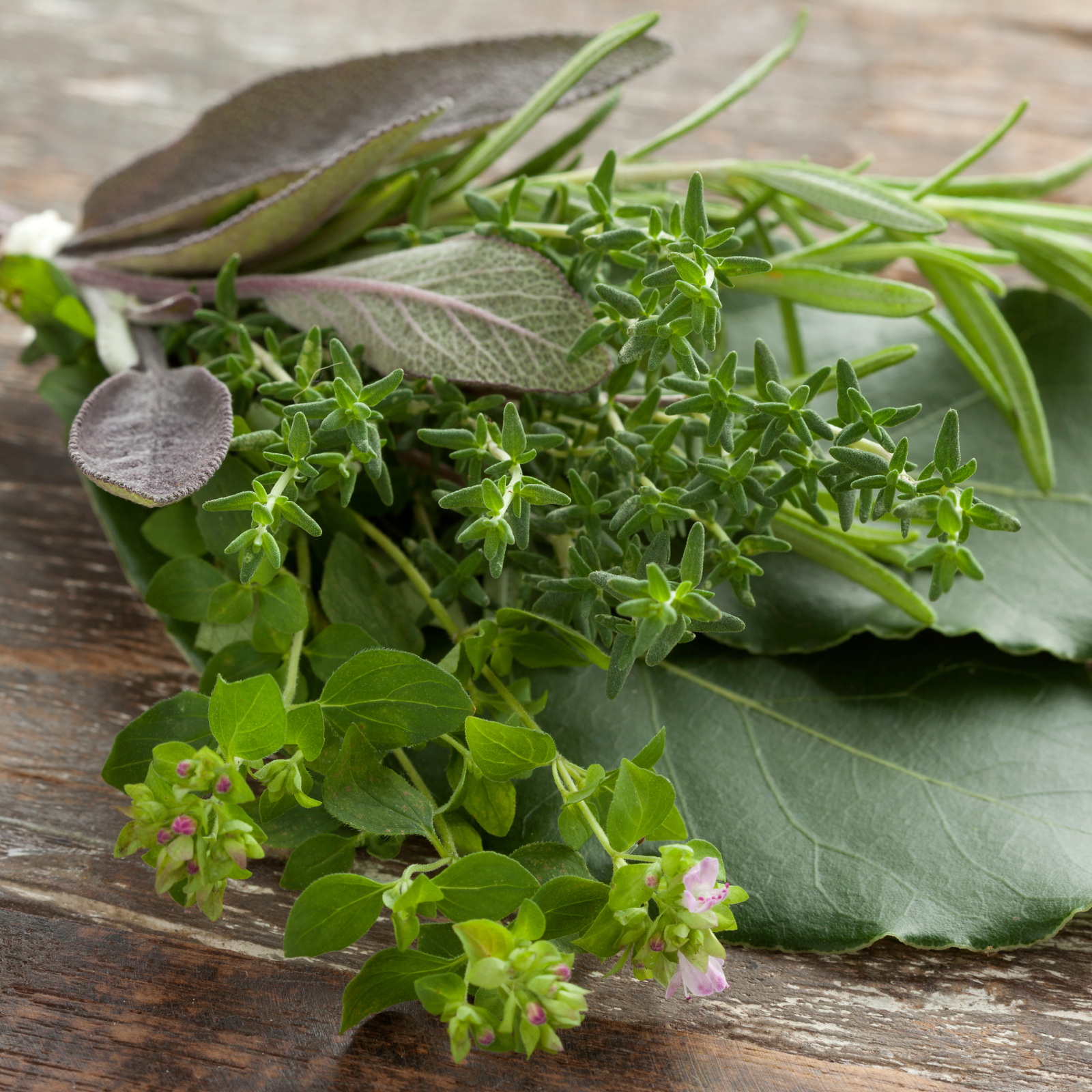 How To Make A Bouquet Garni Or Herb Bundle For Cooking
How To Make A Bouquet Garni Or Herb Bundle For CookingIf you’re a great cook, you may have made an herb bundle before. If this is a new idea, learn how to add sparkle and interest to your dish with a bouquet garni.
By Amy Grant
-
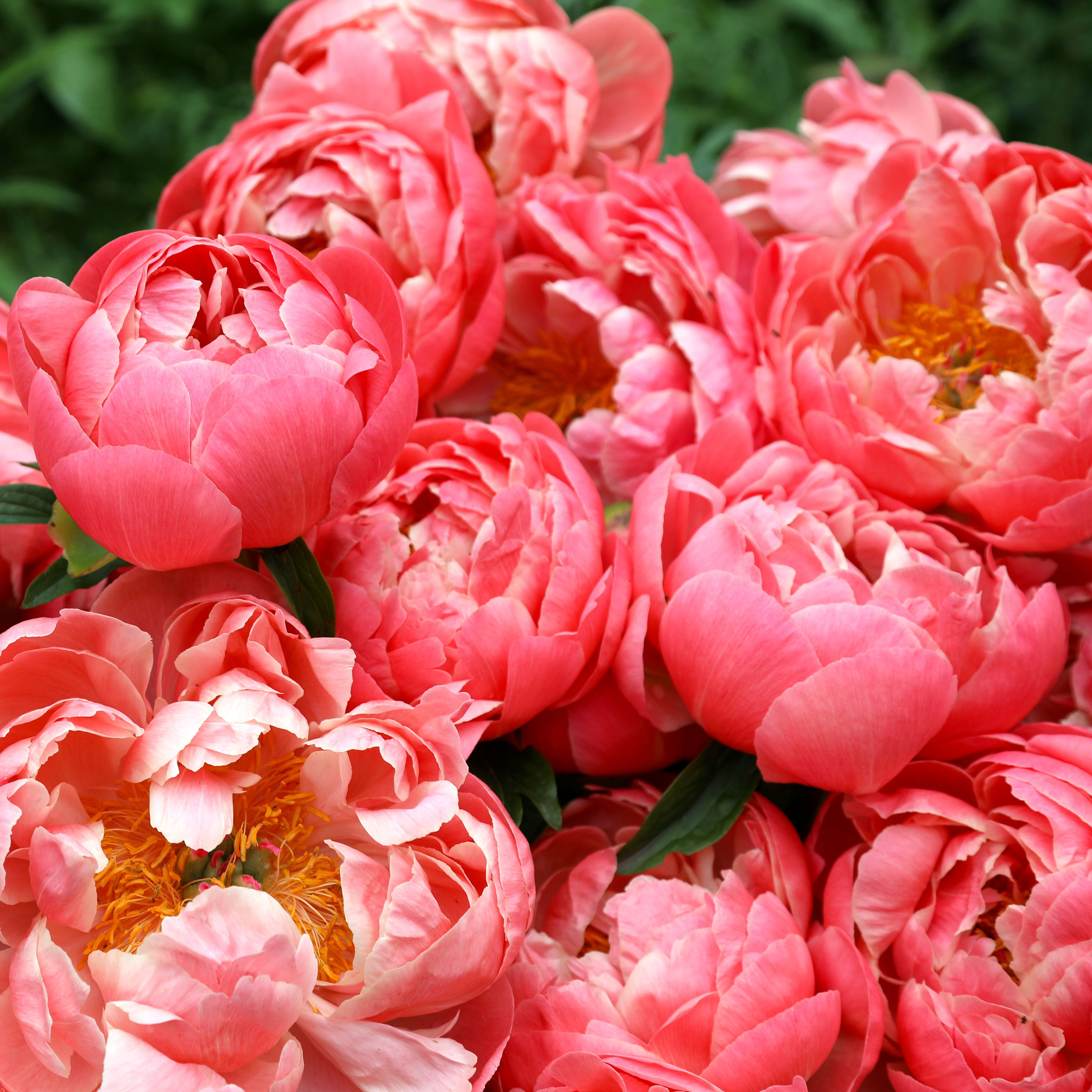 ‘Coral Charm’ Peony Care For Sublime Semi-Double Peonies With Lush Salmon Pink Flowers
‘Coral Charm’ Peony Care For Sublime Semi-Double Peonies With Lush Salmon Pink FlowersPeonies are known for their soft baby pink or magenta tones, but if plushy coral blooms are your thing, here’s our guide to the ultimate ‘Coral Charm’ peony care
By Tonya Barnett